Rubber Industries Production of raw NR might be classified as an agricultural industry because latex, the starting ingredient, is grown on plantations in tropical climates. By contrast, synthetic rubbers are produced by the petrochemical industry .Finally, processing into tires and other products occurs at processor (fabricator) plants, commonly known as the rubber industry . Production of rubber goods consists of two basic steps: When it comes to producing rubber products, multiple manufacturing processes exist. Each manufacturing process has particular benefits that make it the ideal choice for manufacturing certain types of products. Knowing the manufacturing processes can help you understand cost implications and tradeoffs. Some of the most common rubber manufacturing processes are extrusion, latex dipping, molding, and calendering. The additives must be thoroughly mixed with the base rubber to achieve uniform dispersion of ingredients 1.Uncured rubbers have high viscosity so mechanical working of the rubber can increase its temperature up to 150°C (300°F) 2.If vulcanizing agents were present from the start of mixing, premature vulcanization would result - the "rubber processor's nightmare" The most common manufacturing process is called calendaring, which works by forcing softened material into the center of counter-rotating rollers. Rollers compact the material and the overall thickness of the product is determined by the gap distance between cylinders, which can be adjusted for varying product thicknesses. Once the material passes through cooling rollers, it must be vulcanized. This process works best to produce sheets or films of rubber. Some benefits of calendering include control over product thickness and the ability to produce parts thinner and wider than with the extrusion. However, calendering has high operating costs compared to other processes. Vulcanization or vulcanisation is a chemical process for converting natural rubber or related polymers into more durable materials by heating them with sulfur or other equivalent curatives or accelerators. These additives modify the polymer by forming cross-links (bridges) between individual polymer chains.Vulcanized materials are less sticky and have superior mechanical properties. The term vulcanized fiber refers to cellulose that has been treated in a zinc chloride solution to cross-link the cellulose fibers. Although curing of rubber has been carried out since prehistoric times, the modern process of vulcanization was not developed until the 19th century, mainly by Charles Goodyear. Today, a vast array of products are made with vulcanized rubber, including tires, shoe soles, hoses, and conveyor belts.  The term "vulcanization" is named after Vulcan, the Roman god of fire. Hard vulcanized rubber is sometimes sold under the brand name Ebonite or the genericized former brand term "vulcanite", and is used in making articles such as clarinet and saxophone mouth pieces, bowling balls, and ice hockey pucks. Each manufacturing process is ideal for producing certain types of rubber products. Understanding the processes available can make planning for manufacturing a lot easier because each process has its own cost and time limitations.  ZHENGXI has developed and implemented hundreds of hydraulic presses for rubber, plastics & composites applications all over the world. Apart from multi-platen press solutions, we serve the rubber industry with compression molding press dedicated to tire production. Re-useable silicone vacuum bags, pressure bladders, caul sheets, extrusions, compaction bags, molded parts, silicone sheet fluoroelastomer, tool sealant, infusion products. Silicone sheet, fluoroelastomer sheet, molded pads, sponge sheet, fabric reinforced sheet. Gasket material, extrusions, fluoroelastomer sponge sheet. Re-useable vacuum bagging material, seals, caul sheets, tool sealant, vacuum infusion products. 1.Personnel training 2. After-sale service 3.Installation
Auto-Gripper Under overhead-crane
The special-purpose gripper used in traditional Spun Pile production industry.
The special-purpose gripper is suitable for spinning and curing place of spun pile production flow.
The application scope of special-purpose gripper:φ300---φ600 standard Spun Pile Mould ,Length 15m and below.
Auto-Gripper Auto-Gripper,Spun Pile Spinning Machine,Concrete Pile Auto-Gripper,Concrete Pole Auto-Gripper Jiangsu Haiheng Building-Materials Machinery Co.,Ltd , https://www.jshaiheng.comVulcanization & Rubber molding
Forming the future with ZHENGXI
System solutions for Rubber
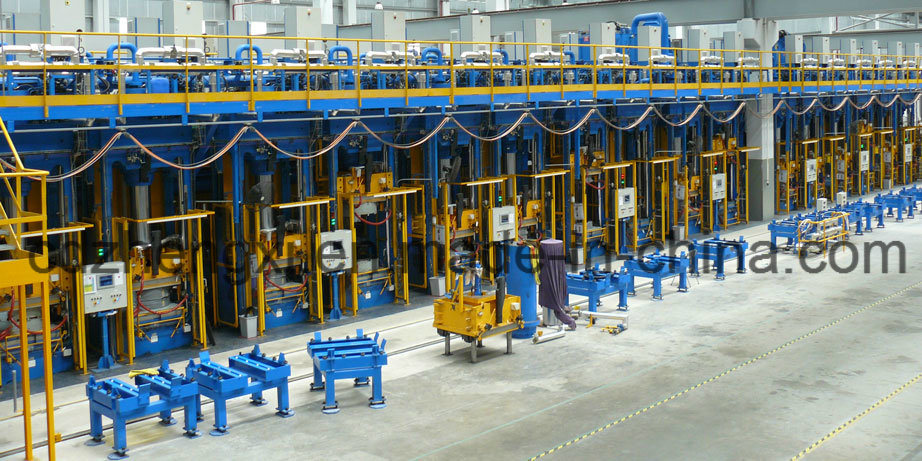
Rubber Processing and Shaping

Vulcanization & Â molding
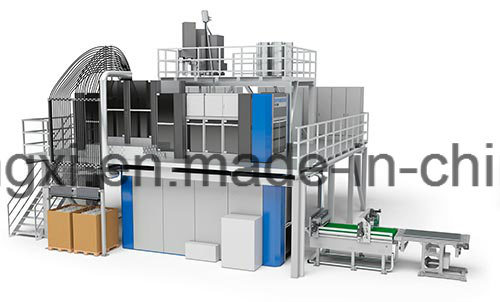
Application
1. Aerospace
2.Gasket Supplies
3. Automotive
4. Composite Manufacturing
5. Cabinet Manufacturing
Parameter
Â
Model Â
unit
Yz33-200T
Yz33-315T
Yz33-500T
Yz33-650T
Yz33-800T
Yz33-1000T
Yz33-1250T
Nominal Force
KN
2000
3150
5000
6500
8000
10000
12500
Max working pressure of liquid
MPA
25
25
25
25
25
25
25
Plate press
KN
630
1000
2000
2500
3150
4000
5000
Max. open height
mm
1200
1500
1600
1700
2000
2300
2500
StrokeÂ
mm
700
800
900
1000
1100
1200
1500
Plate stroke
mm
250
300
350
350
400
400
500
Slide speed
Down
mm/s
80
120
120
200
300
270
300
Pressing
mm/s
10~20
10~25
14~35
10~35
10~35
10~35
15-30
Return
mm/s
80
130
115
150
150
270
200
Table size
Left-right
mm
800
1600
1800
2400
3000
3600
4600
Front-back
mm
800
1200
1600
1800
2000
2400
2400
Plate size
Left-right
mm
600
1200
1400
1800
2200
2600
3600
Front-back
mm
550
800
1100
1200
1300
1500
1500
Motor power
KW
22
44
60
74
90
110
190
Type
Â
Four-column
Four-column
Four-column
Four-column
Frame
Frame
Frame

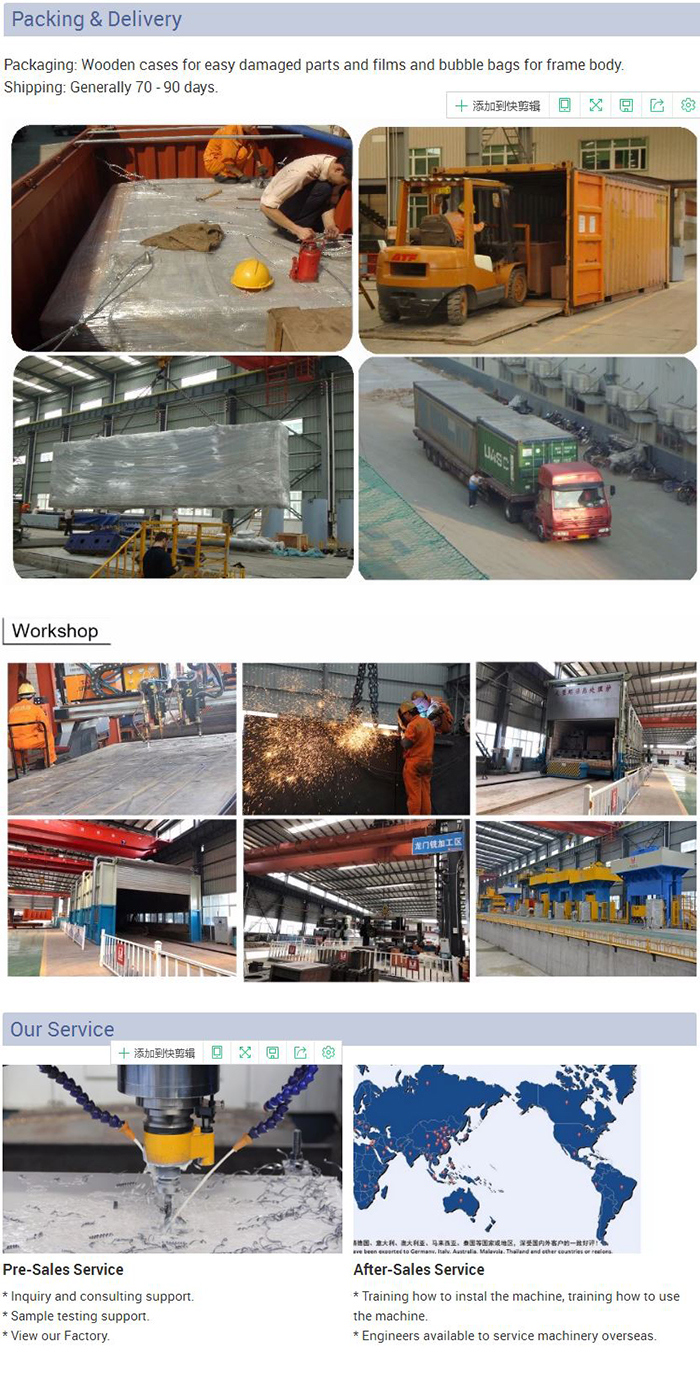
Certificate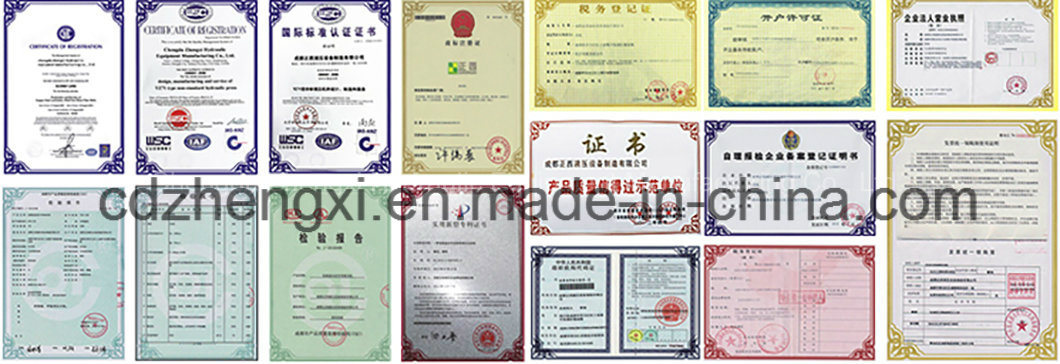
After-sale service
Free training for about one week.
One year warranty.During warranty period,free maintenance service can be provided.(except man-made faults or damages arising from irresistible natural factors)
Customers need to pay the commission to our proffessional engineer, and travel expense is on foreign customer.(Including round ticket and accommodation cost)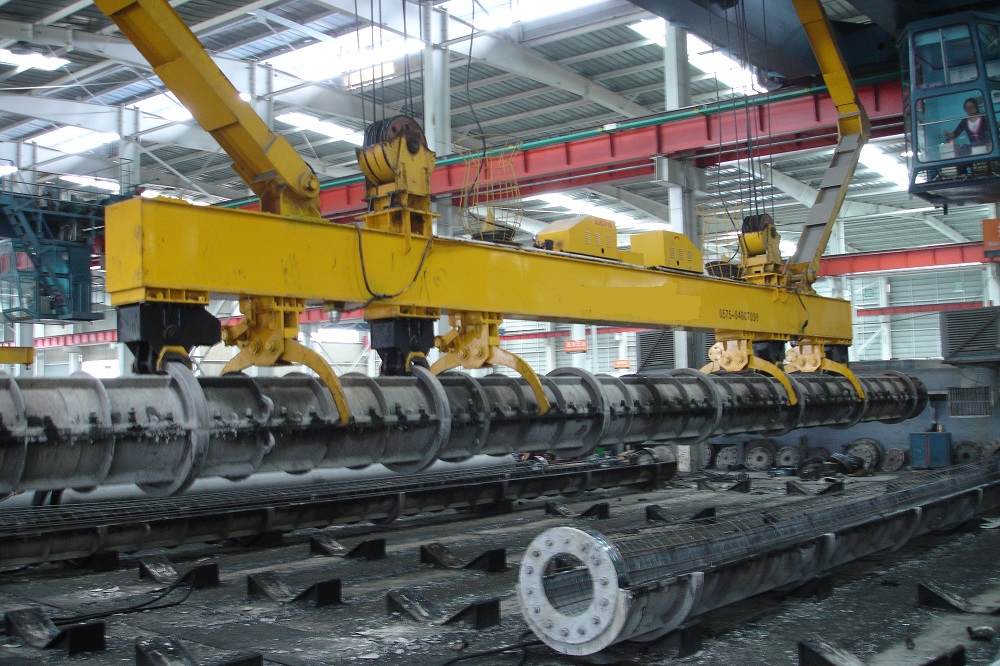
Rubber Vulcanizing Press and Rubber Hydraulic Press Vulcanization 40 Ton
Model NO.: Yz33
After-Sales Service Provided: Engineers Available to Service Overseas
Advantage: High Cost Performance and High Production
Power Source: Hydraulic
Controller: PLC
Worktable Size: up to Clients′ Requirement
Color: Optional
Trademark: ZHENGXI
Transport Package: Standard International Wooden Case or Iron Pallet
Specification: set
Origin: China
HS Code: 8462919000